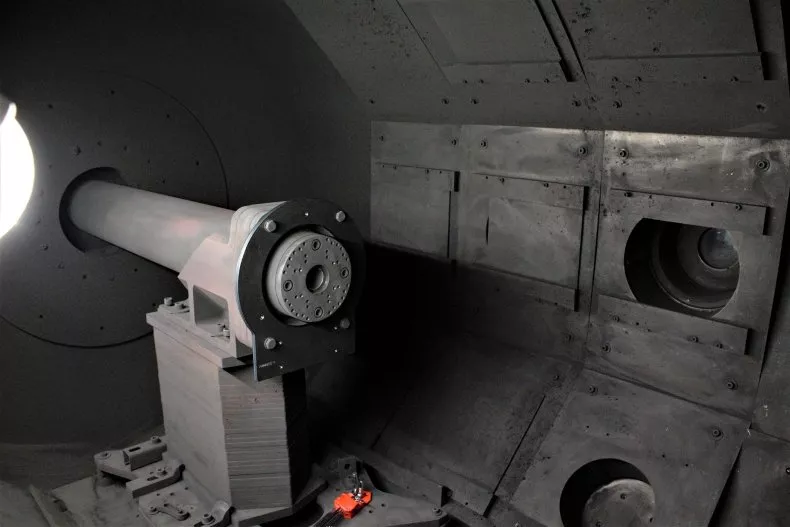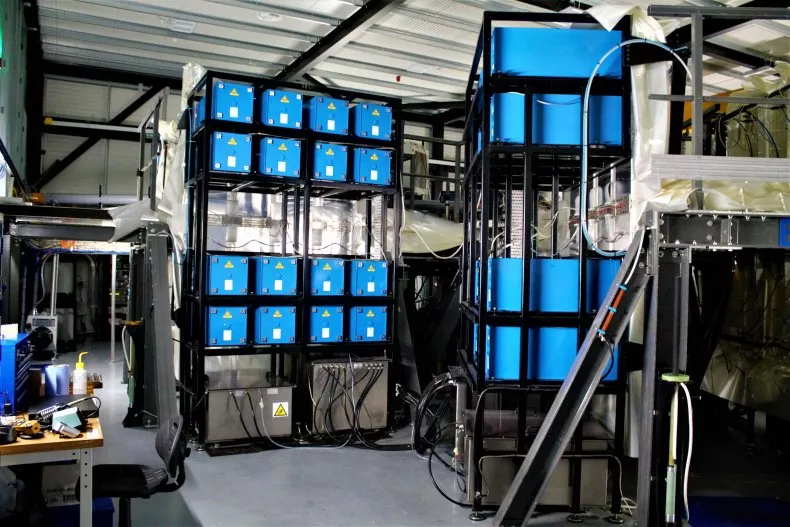First Light Fusion (a U.K.-based startup) is developing its prototype, the Big Friendly Gun (BFG), in order to achieve nuclear fusion without relying on lasers and powerful magnets. The new method for harnessing the power of the sun is cheaper than traditional fusion approaches.
According to a Newsweek report, the company recently tested the BFG prototype at its Oxford location. By employing a different technique to replicate the sun’s energy production method, the company’s test campaign may eventually materialize the vast potential of nuclear fusion.

The enormous BFG gun from First Light Fusion costs £1.1 million ($1.27 million) and blasts a high-velocity piston with 6.6 pounds of gunpowder. Hydrogen gas is compressed in the gun before the piston enters a cone segment, which crushes the gas and propels it through a small hole. The piston then breaks down a metal seal, launching a projectile into a vacuum chamber, where it collides with a descending nuclear fusion fuel pellet at a speed of 4.3 miles (6.9 kilometers) per second. The pistol shrimp served as an inspiration for this technique, which temporarily creates the circumstances needed for nuclei to fuse together.

Inertial fusion is the name given to First Light Fusion’s method. The company said that compared to tokamak reactor alternatives, its fusion is more likely to achieve net energy production on a commercial scale. In fact, the company declared in April that it had succeeded in achieving fusion, adding that it had done so “faster and cheaper” in contrast to conventional fusion procedures. Inertial fusion has shown a net energy increase, but the engine was an underground weapons test rather than a laser, its CEO, Nick Hawker, told Newsweek in an interview. He claims that this shows “empirical evidence” of the higher energy gain of inertial fusion.
According to the CEO, commercial energy production could begin at some point in the 2030s, which is in line with estimates made by other tokamak reactor businesses working on magnetic fusion technology.


